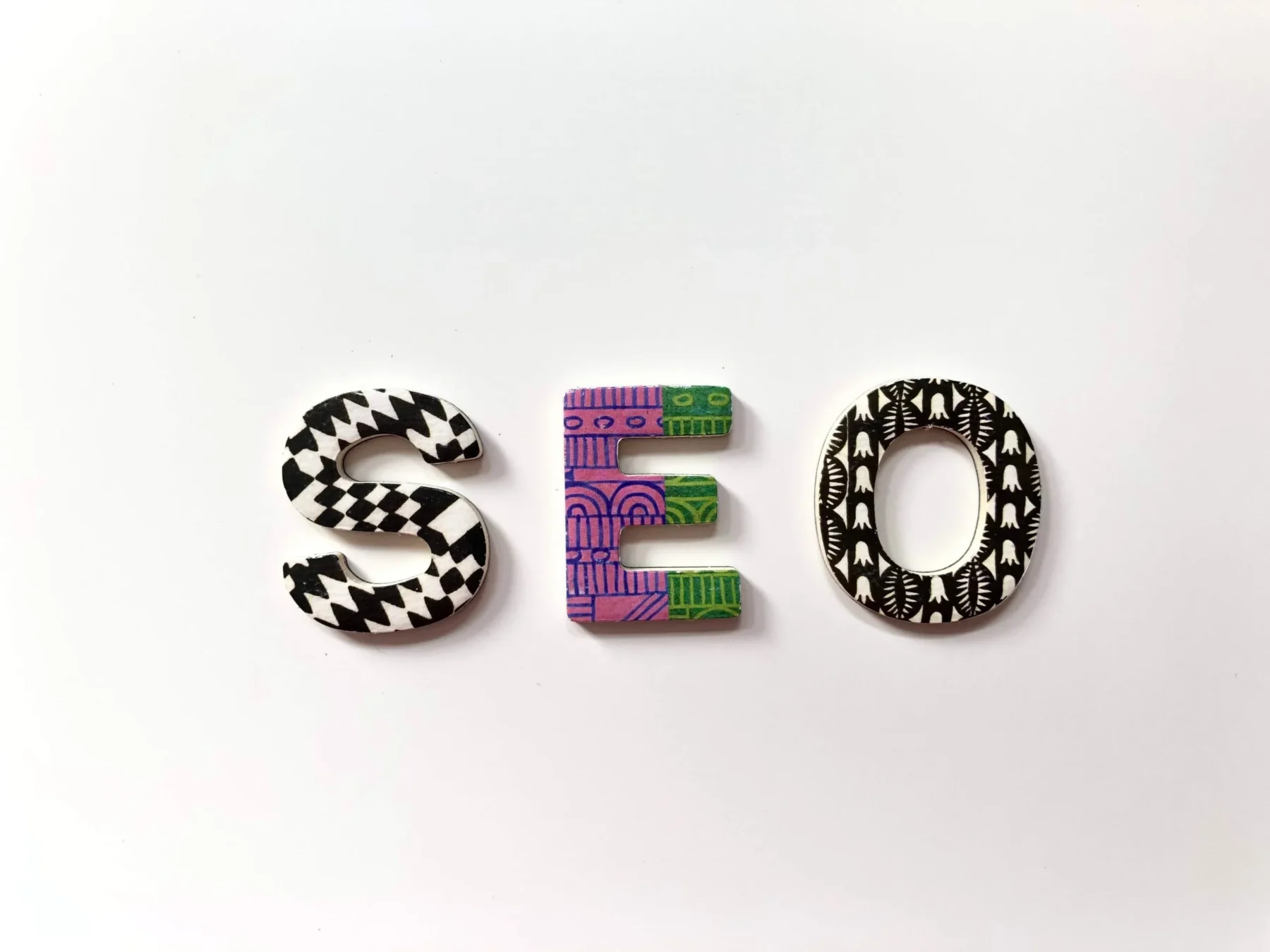The internet has come a long way since its inception. From simple web pages to complex web applications, it has revolutionized the way we communicate, work, and access information. And now, with the advent of Web3 technology, we are witnessing another major shift in the digital landscape.
Web3, also known as the decentralized web, is built on blockchain technology and aims to create a more open and user-centric internet. Unlike its predecessor, Web2, which relies on centralized platforms and intermediaries, Web3 enables peer-to-peer interactions and empowers individuals to have greater control over their data and online presence.
One of the key features of Web3 is the use of smart contracts, which are self-executing contracts with the terms of the agreement directly written into code. These contracts eliminate the need for intermediaries, such as banks or lawyers, and enable secure and transparent transactions. This technology has the potential to revolutionize various industries, including finance, supply chain management, and healthcare.
Another important aspect of Web3 is the concept of decentralized applications (dApps). These are applications that run on a decentralized network, such as Ethereum, and are not controlled by any single entity. This means that dApps are resistant to censorship and provide a more inclusive and democratic platform for users.
Web3 also introduces the concept of decentralized identity, which allows individuals to control their own digital identity and personal data. This is in stark contrast to Web2, where user data is often collected and controlled by centralized platforms. With decentralized identity, users have the ability to selectively share their data and maintain privacy.
Web3 technology is still in its early stages, but it has the potential to significantly disrupt the current internet landscape. As more developers and entrepreneurs embrace this technology, we can expect to see a wide range of innovative applications and services being developed.
However, Web3 also faces several challenges. One of the main challenges is scalability, as blockchain networks are currently limited in terms of transaction speed and capacity. Additionally, there are regulatory and legal hurdles that need to be addressed in order to fully realize the potential of Web3.
In conclusion, Web3 technology represents a new era in internet technology. It promises to create a more open, secure, and user-centric internet, where individuals have greater control over their online presence. While there are still challenges to overcome, the potential benefits of Web3 are immense. As we continue to explore and develop this technology, we can look forward to a more decentralized and inclusive internet.



